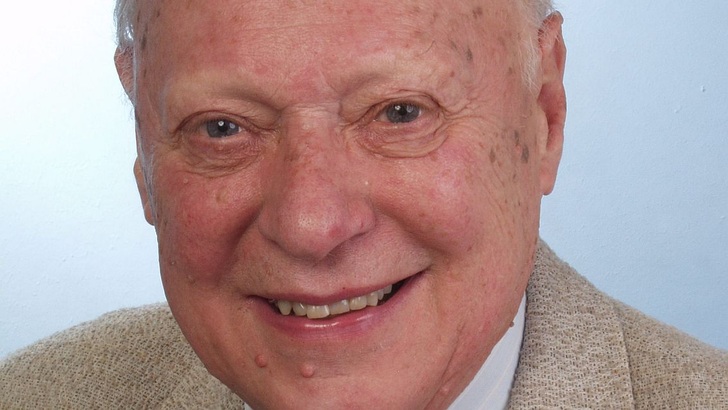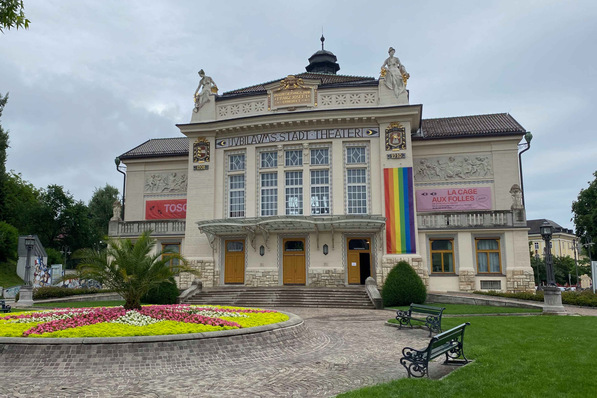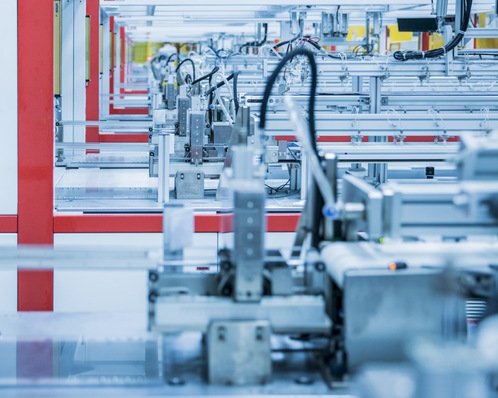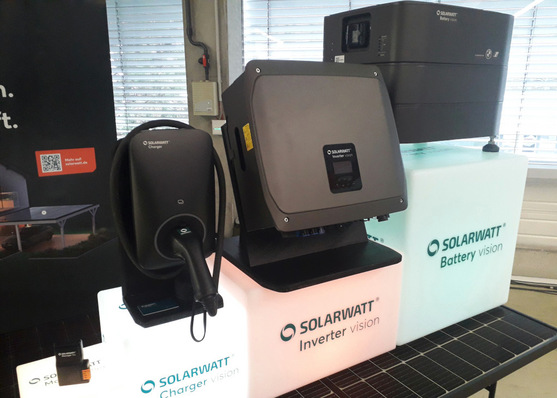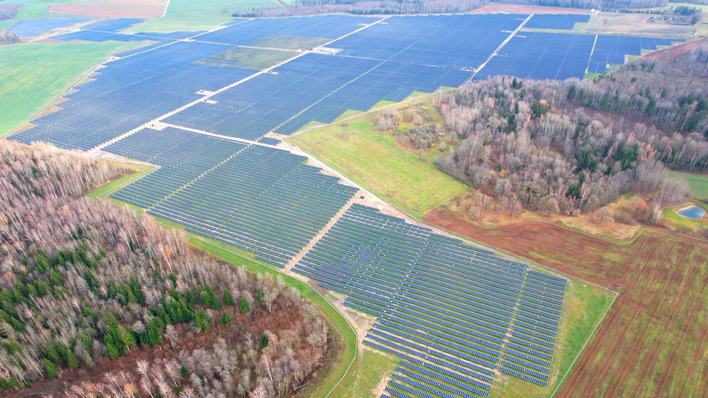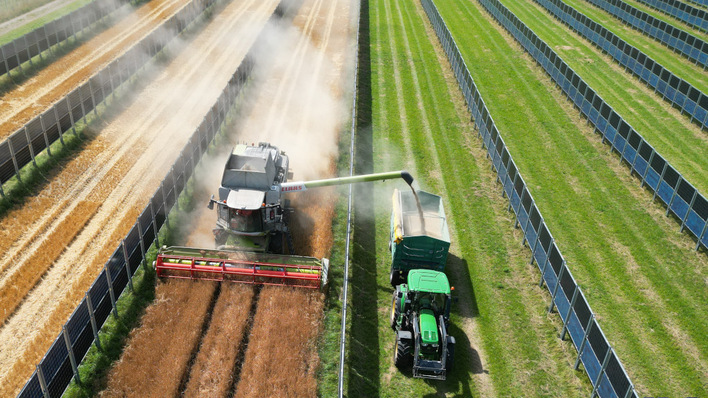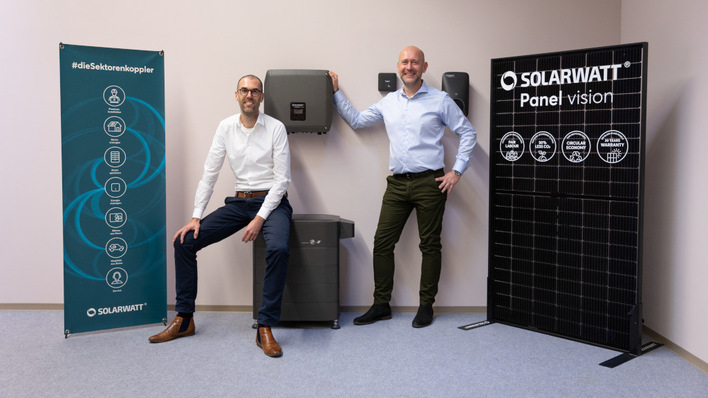Why has it taken so long for your idea to be realised?
Adolf Goetzberger: I was ahead of my time. It has been that way with many of my ideas. But you know, it is better to be too early than to be too late. 35 years ago, photovoltaics was still very expensive, so we were looking for ways to get twice as much out of it, for example by combining power generation and agriculture.
How did you did you approach your idea at the time?
Purely from a theoretical perspective at first. I reflected on what would be the best way to map the radiation conditions beneath the solar cells. The panels were spaced much further apart and inclined far more steeply than today, so a lot of light was flooding the ground below them. I then worked out the necessary equations – quite complicated equations.
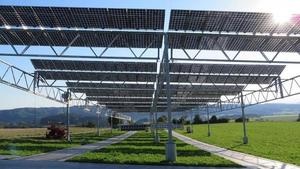
Pilot installation in Heggelbach/Lake of Constance.
And then you fed these into the computer?
No. We did not have computers back then. Also, the Fraunhofer Institute for Solar Energy Systems was just getting started. I got a co-author involved, Mr Zastrow. He then solved the equations on a programmable pocket calculator. You can imagine how tedious that was. Finally in 1981 the first paper was published, for instance in the journal Sonnenenergie. The title was: Kartoffeln unterm Kollektor (in English: Potatoes under Panels). That was actually quite apt, because potatoes grow better if they get a little bit of shade.
When did you turn your theoretical considerations into a practical trial?
That took until the autumn of 2016. As the years and decades passed, we had repeatedly submitted project proposals to raise funds for a pilot installation. I recall that we were rejected four or five times. Until recently – when we were finally successful.
The pilot project in Heggelbach near Lake Constance started up in September 2016. How long until you will have results?
The project in Heggelbach is scheduled to run until 2019 at first, after all, we need to go through a number of harvests before we can find out how the PV effects the crops. Of course, after this point we will continue to learn. And this installation will surely continue to be operational for many years to come.
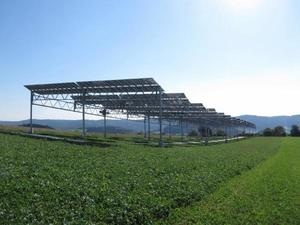
What potential do you see in agrorphotovoltaics, i.e. the combination of photovoltaics and agricultural use of land?
We made a very conservative estimate for Germany and came to about 50 gigawatts. The actual potential, however, will probably be much higher and it should take a long time to reach it. After we had gone public about starting the project near Lake Constance, we were approached by a number of farmers that were interested. But we want to wait before we make any recommendation until we have answers to some crucial questions.
Where do you see the major agricultural applications for PV systems like this?
Most of all, I see them in southern countries, where solar irradiation is often too strong. Many crops cannot be cultivated in such places because it is too hot and too arid. And also using such cropland for photovoltaics provides enough power to, for example, desalinate sea water and use that to irrigate fields. It would be possible to make the desert bloom – quite literally.
What other ideas do you have that you would like to work on?
This has been my final project. I am 88 and for reasons of age I will stop now. I am also giving up my office at the Institute and will limit myself to keeping an eye what is happening in photovoltaics and occasional consultations as part of the project. For a while now, agrivoltaics has been the responsibility of Mr Schindele, a highly competent and experienced project manager.
The interview was conducted by Heiko Schwarzburger.
Stay informed, get our newsletter twice a week. Register here: http://www.pveurope.eu/Newsletter
More useful information:
http://www.pveurope.eu/Products/Solar-Generator/Solar-modules


